Small businesses can be expensive to get going and even more expensive if they fail. That is because, in many circumstances, the business owner will be stuck with the debts of the business and no use for any of the equipment that they have purchased.
For example, one small business owner was left wondering whether to file for Chapter 7 bankruptcy after their business failed and they were left with almost $30,000 in debt. This included $2,000 on a business credit card as well as a point-of-sale system and specialized equipment.
When making their decision, the business owner had several things to consider. First, while small business debts are often personally backed by the business owner, this is not always the case, and the owner needs to carefully review all of their agreements to determine if any of the debts ended with the business. Second, they need to look into whether any of their equipment could be repossessed or sold off in order to at least partially reduce the total amount of their debt.
The amount of the remaining debt will be a significant factor in whether to file for bankruptcy. Although Chapter 7 bankruptcy does allow the debt to be wiped, it requires that many of the debtor’s assets be liquidated first. To the extent the debts were personally backed, the liquidation will include personal assets except for limited exemptions for personal necessities. A bankruptcy will also significantly damage a person’s credit score and their ability to get loans or other credit for the next seven to 10 years. Because of this, a debtor should carefully review with an attorney all of their debts to explore what they actually owe and what alternative payment options are available before considering filing for bankruptcy.
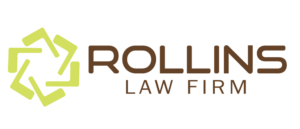
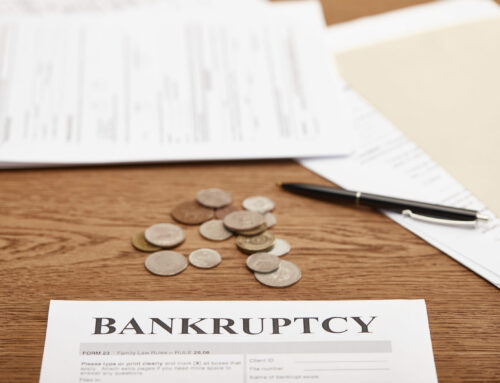
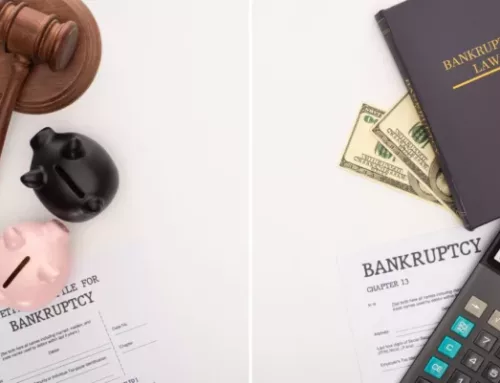
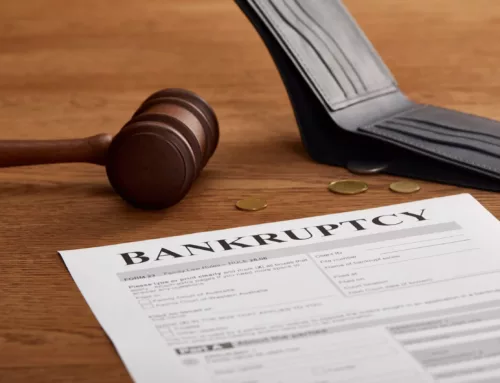
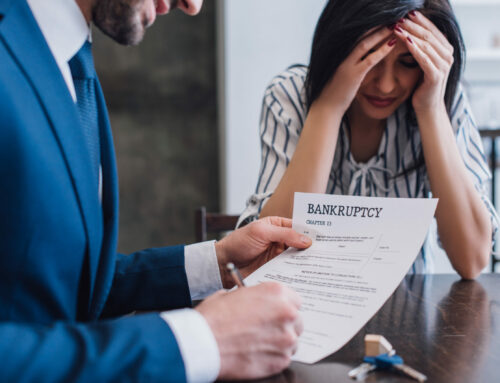
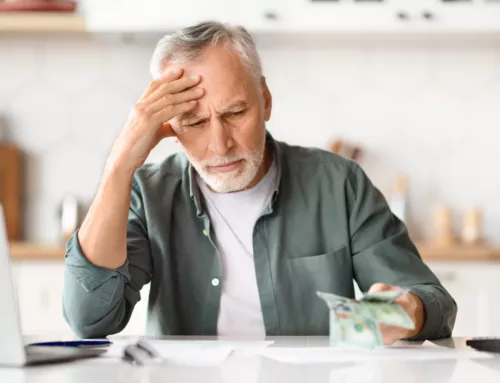
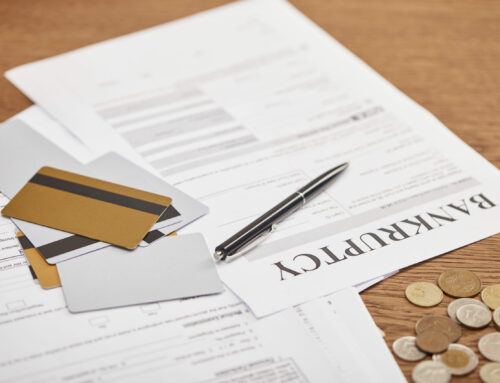
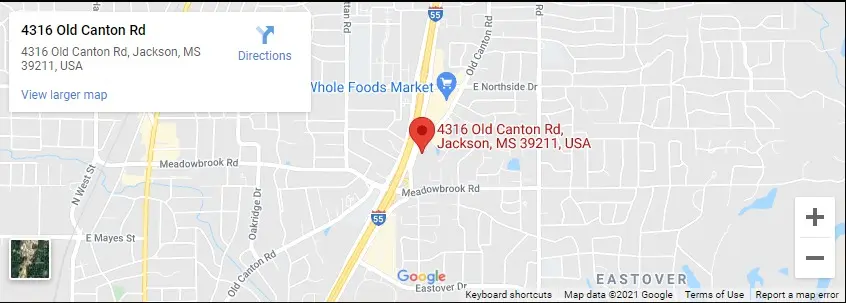
Connect with Us